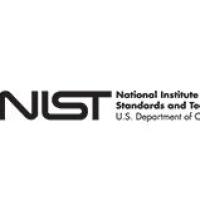The use of cationic lipids or cationic polymers to mediate the transfer of nucleic acids into mammalian cells has become a widely applied technology in recent years. The principal reasons for this have been the ease with which the methodology can be applied to a wide range of cell types; the relatively low cytotoxicity compared to other techniques; the high efficiency of nucleic acid transfer in comparison with methods such as calcium phosphate or diethylaminoethyl-dextran-mediated transfection; and the potential application of these systems to human gene therapy. The use of positively charged lipid-based macromolecules to deliver nucleic acids makes use of the fact that DNA, RNA, and oligonucleotides carry a negative charge caused by the phosphate groups that form the backbone of these molecules. The electrostatic interaction between the negatively charged nucleic acid and the positively charged macromolecule induces a range of structural changes that vary, depending on the macro-molecule used. In general, however, the process results in condensation or compaction of the nucleic acid and physical association of the nucleic acid with the lipid. The interaction generates a complex that is more amenable to cellular uptake, protects sufficient nucleic acid molecules to allow trafficking to the nucleus, and, in at least some cases, may also facilitate transfer into the nucleus.
![DKFZ-PSMA-11,4,6,12,19-Tetraazadocosane-1,3,7-tricarboxylic acid, 22-[3-[[[2-[[[5-(2-carboxyethyl)-2-hydroxyphenyl]methyl](carboxymethyl)amin](https://img1.dxycdn.com/p/s14/2025/1009/171/0405943971658126791.jpg!wh200)





